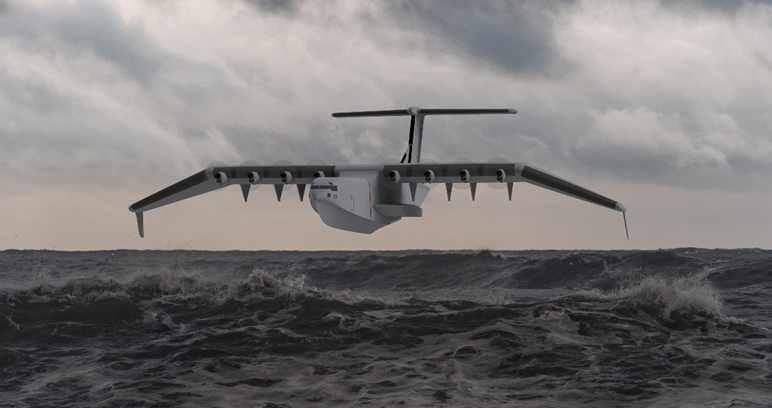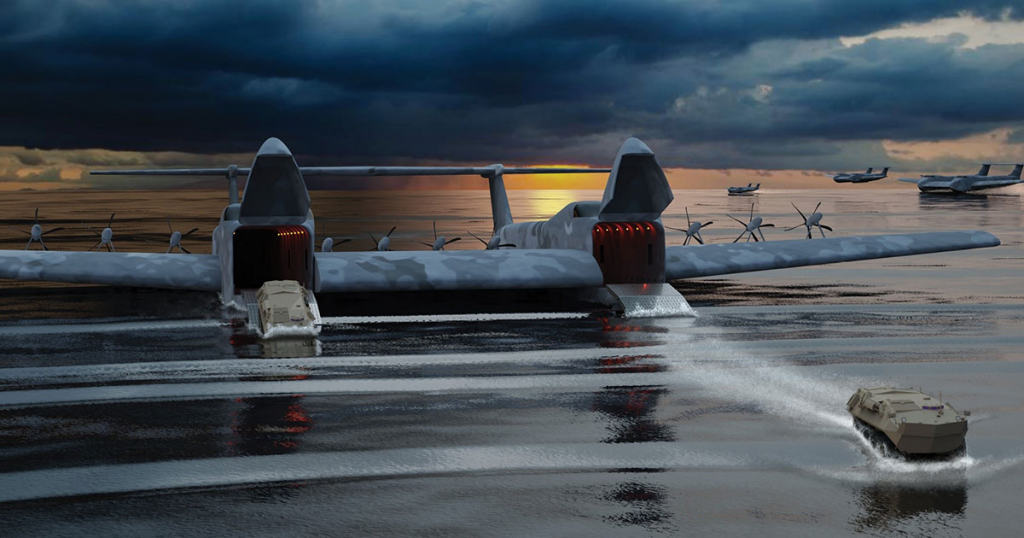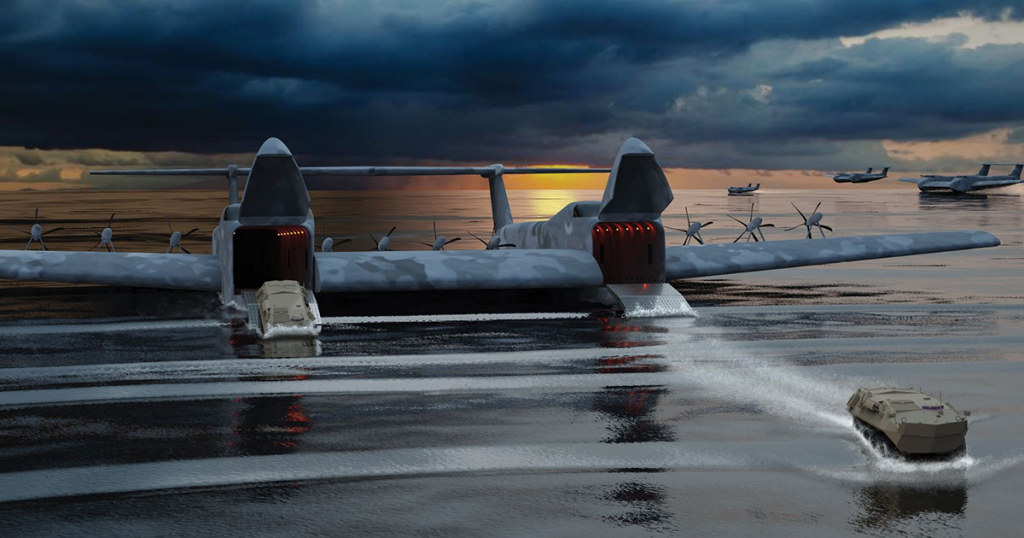Demonstrator Teams Selected as DARPA Liberty Lifter Program Lifts Off
Earlier this month, the US Defense Advanced Research Projects Agency (DARPA) announced that two teams have been selected for the agency’s Liberty Lifter X-Plane program. The first team consists of General Atomics and Maritime Applied Physics Corporation. The second consists of Aurora Flight Sciences along with Gibbs & Cox and ReconCraft. Both teams will aim to construct a full-sized demonstrator of what DARPA describes as a “low-cost X-Plane capable of seaborne strategic and tactical heavy lift”.
According to DARPA Liberty Lifter Program Manager Christopher Kent:
“We are excited to kick off this program and looking forward to working closely with both performer teams as they mature their point-of-departure design concepts through Phase 1. The two teams have taken distinctly different design approaches that will enable us to explore a relatively large design space during Phase 1.”

The official DARPA announcement further explains the differences in the two approaches:
“The General Atomics team has selected a twin-hull, mid-wing design to optimize on-water stability and seakeeping. It employs distributed propulsion using twelve turboshaft engines. Aurora Flight Sciences point-of-departure design more closely resembles a traditional flying boat, with a single hull, high wing and eight turboprops for primary propulsion.”

DARPA announced the Liberty Lifter Program in May last year with the project envisioning a large, low-flying and fast transport aircraft which would revolutionize American logistics in a potential Pacific conflict. While relying on the “wing-in-ground effect” like the better-known low-flying Soviet ekranoplans, the Liberty Lifter would also be capable of flight at medium altitudes up to 10,000 feet above sea level. The craft will be capable of taking off and landing in the water and thus not be reliant on port infrastructure or runways which are required for traditional strategic sea and air logistics platforms. The aircraft will be comparable in size and capability to the C-17 Globemaster III which is capable of carrying up to 77,500 kg of cargo.

